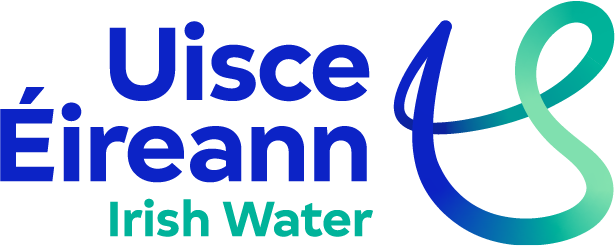A number of the Company’s accounting policies and disclosures require the measurement of fair values for financial assets and liabilities. In estimating the fair value of an asset or a liability, the Company uses market observable data to the extent that it is available.
Fair values are categorised into different levels in a fair value hierarchy based on the inputs used in the valuation techniques as follows;
- Level 1: quoted prices (unadjusted) in active markets for identical assets or liabilities.
- Level 2: inputs other than quoted prices included within Level 1 that are observable for the asset or liability, either directly (i.e. as prices) or indirectly (i.e. derived from prices).
- Level 3: inputs for the asset or liability that are not based on observable market data (unobservable inputs).
If the inputs used to measure the fair value of an asset or a liability might be categorised in different levels of the fair value hierarchy, then the fair value measurement is categorised in its entirety in the same level of the fair value hierarchy as the lowest level input that is significant to the entire measurement. The Company recognises transfers between levels of the fair value hierarchy at the end of the reporting period during which the change has occurred. There were no transfers in 2024.
The fair value of borrowings measured at amortised cost is estimated by discounting the future cash flows to net present values using market rates prevailing at the reporting date - Fair value hierarchy: level 2.
The carrying values of the Company’s cash and cash equivalents, trade and other receivables (net), trade and other payables, and other current liabilities approximate their fair values because of the short-term nature of these instruments.
There were no financial instruments that are measured at amortised cost but for which fair value disclosures are required, classified as Level 3 either in current year or in prior year.
